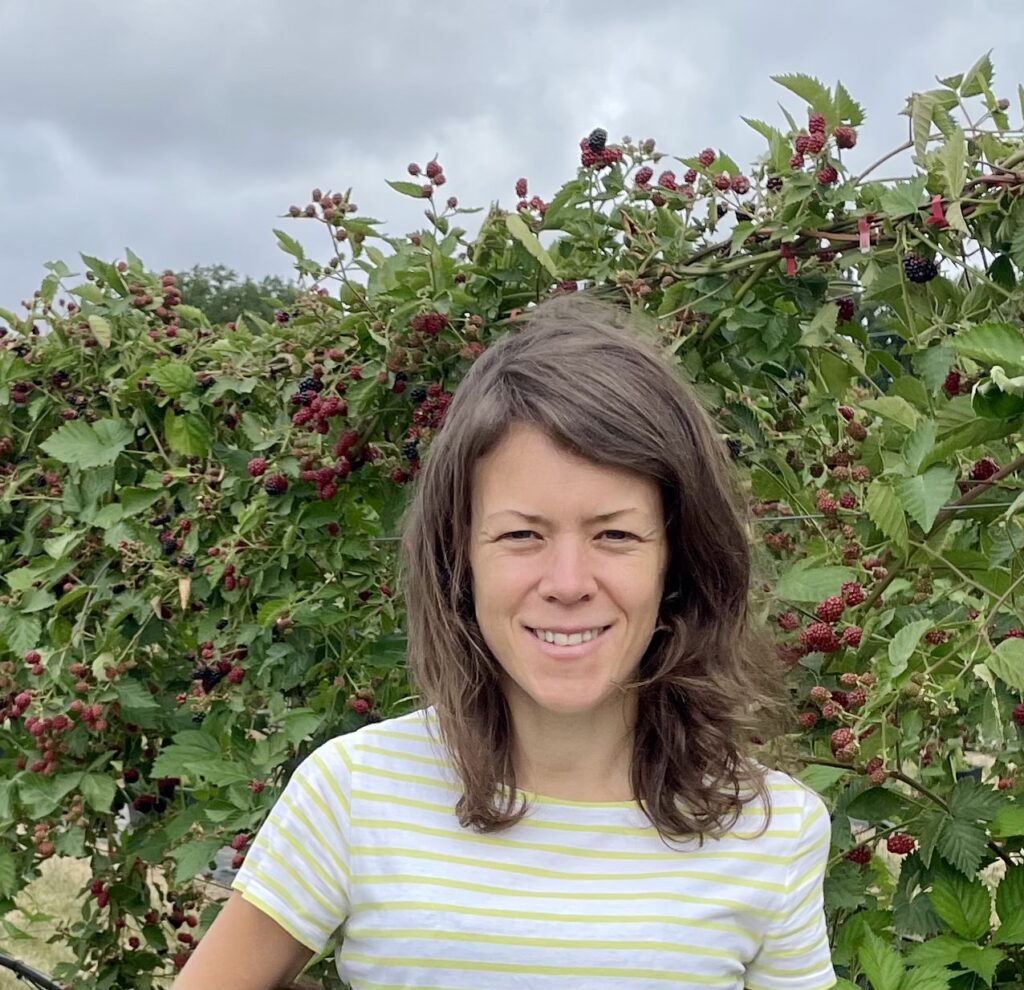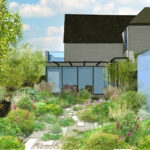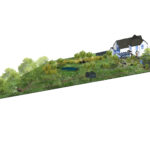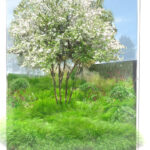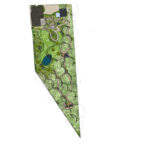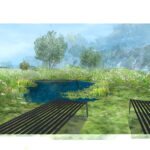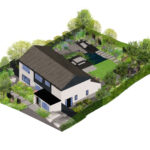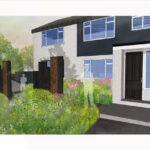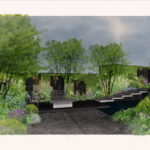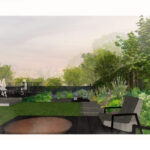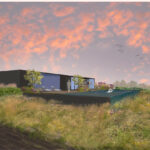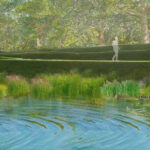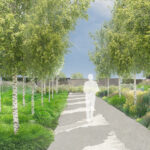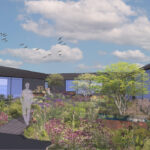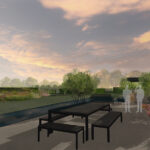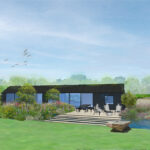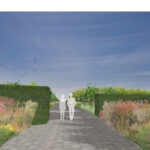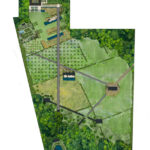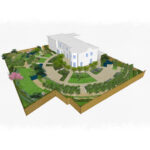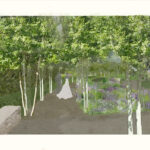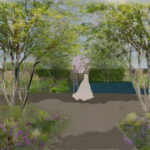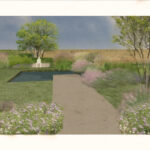Amy Gunning
I create gardens and outdoor areas which bring planting to the forefront. They are beautiful and colourful whilst also enduring and functional spaces to relax and, most importantly, enjoy. Throughout the process I listen to my clients and work together to create unique, lasting and immersive spaces tailored to them, whatever the size.
My designs are sympathetic to their surrounding architecture and environment and encourage wildlife and sustainability.
I believe green spaces hold a unique ability to both enrich and restore as well as inspire and excite their users. With considered design, gardens can enrich our lives and also benefit nature and the surroundings.
Biography:
I graduated, with Distinction, from the Garden Design Diploma at the London College of Garden Design in 2022.
Since graduating, I have won an RHS Gold medal for my show garden at RHS Tatton and have designed a wide range of gardens from small to medium size urban plots to larger rural gardens and commercial spaces. I also hold an RHS Level 2 Certificate in Practical Horticulture (Distinction)
Prior to retraining, I worked in Investment Banking and Private Equity in London for 15 years.
Drawing on William Robinson and his ‘Wild Garden’ movement, the design centres on the ‘right plant, right place’ concept whilst structuring the space into a series of ‘rooms’ which become progressively looser as you move through the garden before it ultimately merges into the surroundings.
Planting is brought up to the house with an expansive gravel garden framed by multi-stem fruit trees providing secluded spots for relaxing alongside a large outdoor dining area. The client’s focus on nutrition is incorporated through a sizeable productive garden alongside fruit trees and herbs dotted through the space. There are multiple opportunities for relaxing and entertaining along meandering paths – sun decks, natural ponds, woodland hideaways. The planting is inspired by the surrounding lowland heathland, meadows and woodland and focusses on improving biodiversity and supporting pollinators.
The design connects the garden, house and the surrounding woodland and Chilterns, through planting and material choice. It deconstructs the elements of a woodland – vertical lines, shadow play, calm, loose planting without defined boundaries – to create a modern interpretation of a woodland garden.
An expansive cantilevered terrace floats out over the garden, blurring boundaries between hard landscaping and planting; an elegant, dramatic statement which forms part of a ‘social circle’ of entertaining spaces hugging the garden. Charred larch and ornamental corten screens draw the eye through the space. A limited colour palate of materials and planting conveys a sense of space and serenity.
A 14 acre barren plot, formerly agricultural land, needed regenerating and nature bought back in. Situated in the heart of the Weald Area of Natural Beauty, the owners wanted a garden suited to large-scale entertaining whilst also developing productive orchards and a commercial vineyard, part of a longer-term expansion. The design celebrates its surroundings with a modern twist; it draws on the Weald’s patchwork field patterns and wildlife whilst a central axis cuts through, holding the site together. Areas of seclusion and calm are balanced with expansive spaces for entertaining. The generous central path leads through the site, wandering past reflective pools, grass meadows, orchards and woodland before revealing a magical hideaway; a WW2 bomb crater which has been transformed into a natural swimming pond, an escape from the world.
The brief was to redesign the outdoor area at Cambridge Cottage, Kew to create a multifunctional events space with year-round interest.
The proposal embraces the history of the site, playing with the concept of Theatre as an overarching design idea into which the design, planting and hard landscaping fit.
Like the theatre, the garden provides an immersive and experiential atmosphere for its users, with the planting stimulating the senses through scent, colour and movement, whilst also manipulating height and textural contrast. Sweeping curves draw on the building’s architecture and take guests on a journey of discovery, through a sequence of spaces.
